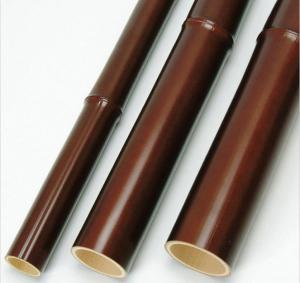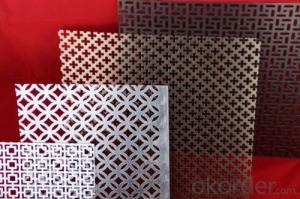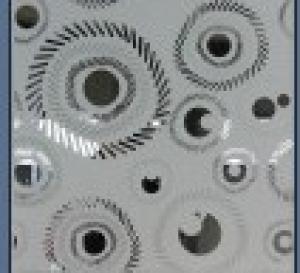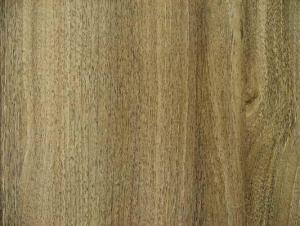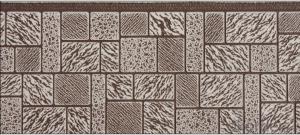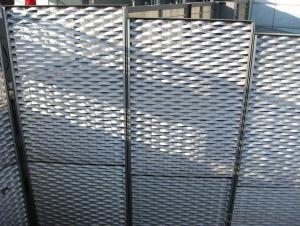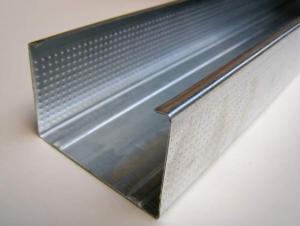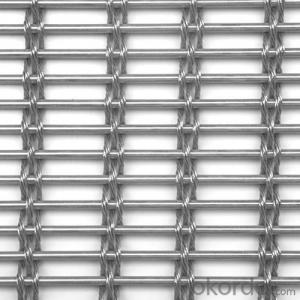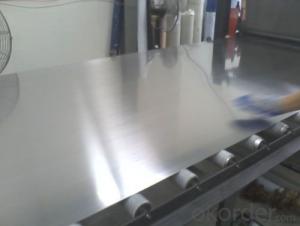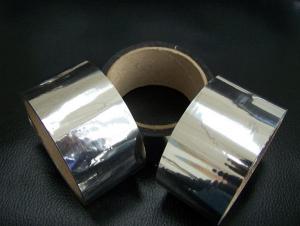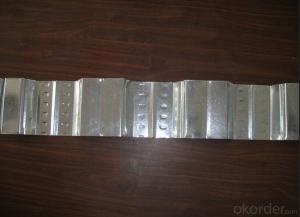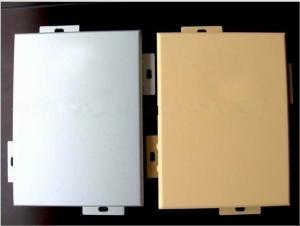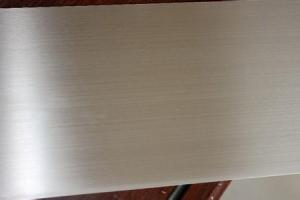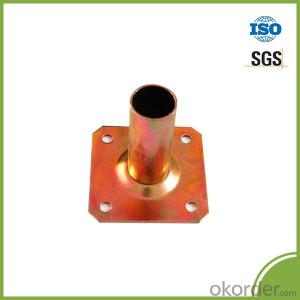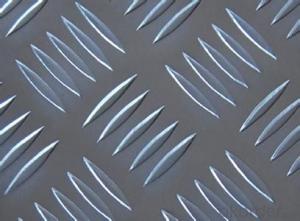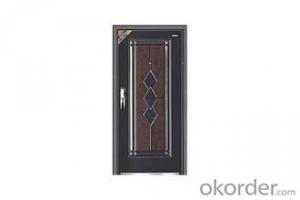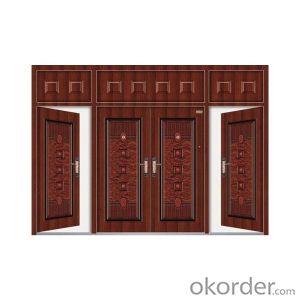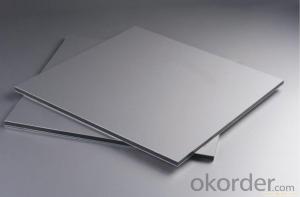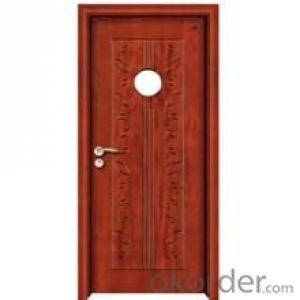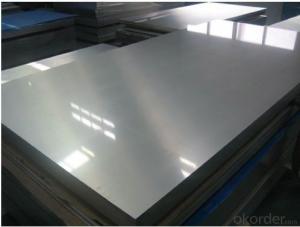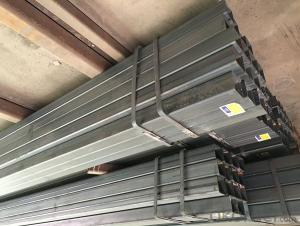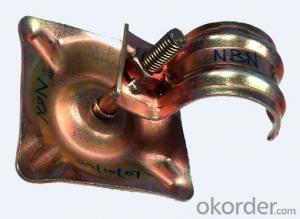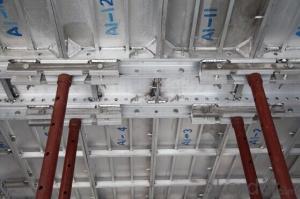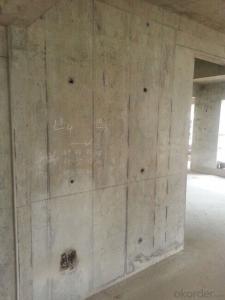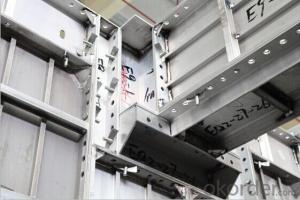Decorative Steel Plate
Decorative Steel Plate Related Searches
Decorative Aluminum Plate Decorative Ceiling Plate For Light Fixture Steel End Plate Stainless Steel Plates Cast Iron Plate Stainless Steel Diamond Plate Cold Rolled Steel Plate Stainless Checkered Plate Hot Rolled Steel Plate Stainless Steel Dinner Plates Decorative Metal Ceiling Panels Aluminum Metal Plate Stainless Steel Wall Plates Textured Aluminum Plate Colored Aluminum Diamond Plate Stainless Steel Platter Aluminum Precision Plate Stainless Steel Cover Plates Aluminum Structural Plate Stainless Steel Divided Plate Diamond Checkered Plate Stainless Steel Plate For Sale Aluminum Cooking Plate 1 4 Stainless Steel Plate Precision Aluminum Plate Forming Plate Diamond Plate Stainless Steel Slotted Aluminum Plate Aluminum Defrosting Plate Aluminum Wall PlateDecorative Steel Plate Supplier & Manufacturer from China
Decorative Steel Plate is a type of steel material that is specifically designed for aesthetic purposes, featuring unique patterns, colors, and textures. These plates are crafted to enhance the visual appeal of various structures and surfaces, making them an ideal choice for both interior and exterior applications. They are known for their durability, corrosion resistance, and ease of maintenance, which makes them a popular choice in the construction and design industry.The application and usage scenarios for Decorative Steel Plate are vast, ranging from architectural facades and interior walls to furniture and signage. This versatile product can be used in commercial, residential, and industrial settings, providing a stylish and long-lasting solution for a wide array of design needs. Whether it's for modern or traditional designs, Decorative Steel Plate offers a unique and eye-catching option that can elevate the overall appearance of any project.
Okorder.com is a reputable wholesale supplier of Decorative Steel Plate, boasting a large inventory to cater to the diverse needs of clients worldwide. With a commitment to quality and customer satisfaction, Okorder.com ensures that each piece of Decorative Steel Plate meets the highest industry standards. Their extensive selection and competitive pricing make them a go-to source for businesses and individuals seeking to incorporate this attractive material into their projects.
Hot Products
